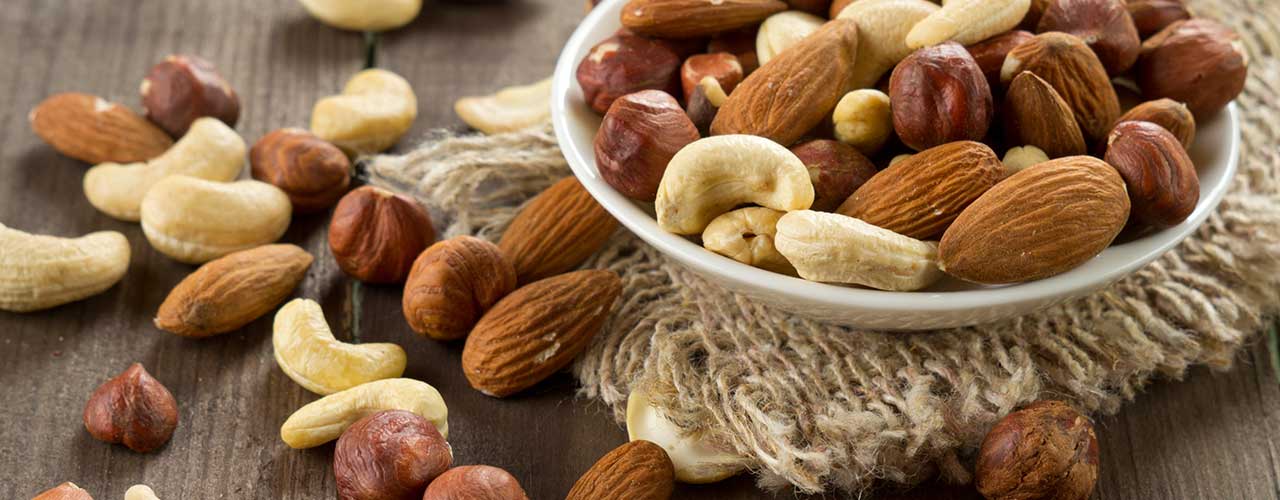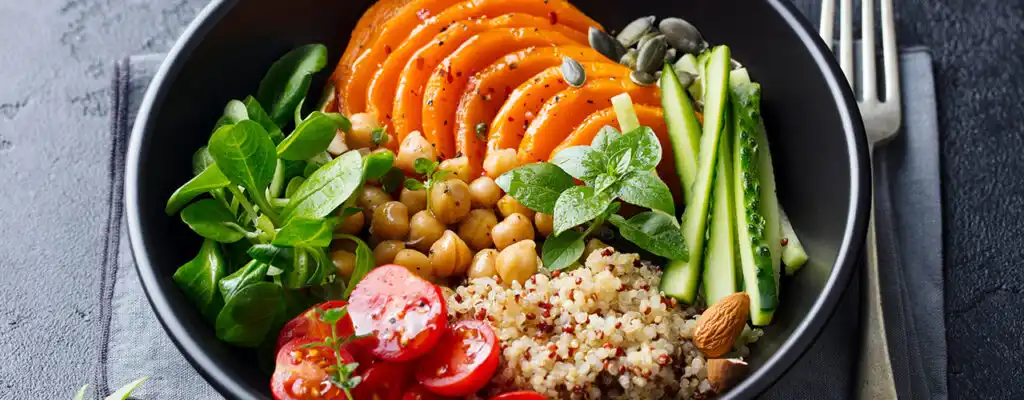The Science behind Wegovy and other new GLP-1 weight loss meds.
Everyone wants the secret to weight loss, and drugs are often seen as an easy shortcut, though they may provide significant consequences.
One drug that many of my patients have asked me about lately and which has been making headways across the media is the rise of injectable GLP-1 agonists for weight loss.
However, only two GLP-1 agonists, Wegovy and Saxenda, have been approved by the FDA for weight loss, while many GLP-1 agonists are primarily used to regulate blood sugar levels in diabetes patients.
With that said, there are many questions surrounding this new class of drugs. Do GLP-1 agonists work for weight loss? Can non-diabetics take these weight loss injections?
Let’s dispel the mystery behind GLP-1 agonists and determine whether these injections are right for you and your weight loss journey.
What Are GLP-1 Agonists?
GLP-1 agonists mimic the same function as glucagon-like peptides, which are hormones secreted in the intestines that increase insulin levels and suppress glucagon secretion.
Insulin helps cells absorb glucose to power your body, while glucagon is a hormone responsible for raising blood sugar levels. Unfortunately, people who struggle with diabetes have higher insulin resistance which allows glucose to build up in the blood leading to hyperglycemia. Hyperglycemia can lead to several adverse outcomes, including increased hunger and thirst.
How Do GLP-1 Agonists Work?
GLP-1 agonists mimic the secretion of glucagon-like peptides, which have shown promise in the suppression of glucagon and the increase in insulin resistance. GLP-1 agonists also delay stomach emptying to prevent glucose spikes and reduce hunger over time.
Additionally, glucagon-like peptide 1 may possess anti-inflammatory properties, which may be one reason it helps with insulin resistance. Due to theories that chronic adipose tissue inflammation leads to insulin resistance, GLP-1 may also lower insulin resistance via other mechanisms.
Every GLP-1 agonist works differently. All but one GLP-1 agonists have to be taken by injection, and as mentioned above, only two are approved for weight loss: Wegovy and Saxenda, from the Danish healthcare company Novo Nordisk .
Generally, we divide GLP-1 agonists into short-acting or long-acting drugs, which impact the body slightly differently.
For example, short-acting GLP-1 may delay stomach emptying, which can help reduce glucose levels after meals. On the other hand, long-acting GLP-1 agonists work by stimulating greater insulin production in the pancreas to help absorb glucose more easily into the body’s cells.
Aside from helping people who struggle with diabetes, regulating blood sugar levels can also control hunger and thirst to prevent overeating.
Additionally, the positive effects of losing weight with GLP-1 agonists have been shown to also improve cardiovascular health and cholesterol levels.
For this reason, there is some optimism that GLP-1 agonists can be useful as weight loss products.
How Do GLP-1 Agonists Work for Weight Loss?
GLP-1 agonist injections may effectively curb hunger in patients by delaying the emptying of food from the stomach and into the small intestine. In turn, people who take GLP-1 agonists will feel fuller for longer after a meal.
Additionally, GLP-1 agonists can also prevent overeating associated with hyperglycemia by regulating blood sugar levels.
The non-Brand names of the two GLP-1 agonists that are currently approved for weight loss are Liraglutide (brand name Saxenda) and Semaglutide (brand name Wegova).
Both are long-acting agonists taken via subcutaneous shots, with Semaglutide administered weekly and Liraglutide administered daily. While both have shown some effectiveness for patients, there are some risks and downsides.
How Safe Are GLP-1 Agonists?
Early clinical trials of Semaglutide have shown the GLP-1 agonist is relatively safe, with a majority of adverse events considered mild. The most common side effects reported were nausea, GERD, flatulence, abdominal pain, diarrhea, constipation, fatigue, headache, and other gastrointestinal symptoms.
Do GLP-1 Agonists Cause Hypoglycemia?
One common concern many people have is whether GLP-1 can work too well and cause low blood sugar levels (hypoglycemia).
Fortunately, GLP-1 agonists have not been shown to cause hypoglycemia in normoglycemic patients, meaning that it is currently considered by doctors to be safe to take whether you are diabetic or not. However, the risk of hypoglycemia largely depends on individual risk factors and should ALWAYS be discussed with your doctor.
Are GLP-1 Agonists Worth It for Weight Loss?
This leads us to our ultimate question: are GLP-1 agonist shots worth the risks?
One study from the New England Journal of Medicine found that patients who took Tirzepatide ( a GLP-1 agonist not approved for weight loss) enjoyed a 20% greater weight production than placebo groups who had not taken the drug.
Similar findings have also found that Semaglutide helped patients shed around 15% of their total weight.
However, while these drugs may come with mild side effects, these drugs are generally not recommended for anyone under a BMI of 30.
Furthermore, many of these drugs are:
- Highly expensive
- Not covered by insurance
- Require daily/weekly injections
While GLP-1 agonists are highly effective for people struggling with Type-2 diabetes, there may be better alternatives for regular people trying to lose weight.
Time-restricted eating, getting more sleep, and following a steady diet can be more effective and provide better long-term benefits than relying on GLP-1 injections.
Like so many other products, once patients stop using the product, the weight returns. So while GLP-1 agonists have shown effectiveness for weight loss in short-term trials, patients should wait for long-term data to see if GLP-1 agonists can help stabilize people’s weight long-term without a rebound.
Remember, GLP-1 agonists, are effective because they suppress hunger. Therefore, adjusting eating schedules and consuming fewer calories is all achievable without spending thousands on injections with potentially serious side effects.
Takeaways
GLP-1 agonists offer great promise in the treatment of diabetes and have been shown to be effective in helping patients struggling with obesity. However, GLP-1 agonists can be very expensive and have a host of side effects.
Adjusting your diet, activity level, and when you eat will all prove more effective and stable at helping you lose weight over the long term.
FAQs
Can Non-Diabetics Take GLP-1 Agonists?
Early findings indicate that GLP-1 agonists are glucose-dependent, meaning they only suppress glucagon and increase insulin in response to increased glucose. In sum, non-diabetic patients should be able to take GLP-agonists without the risk of hypoglycemia.
Does Insurance Cover GLP-1 Agonists?
Unfortunately, no major insurance carrier covers GLP-agonists, meaning all costs must be paid out of pocket.
Is There a Natural Alternative to GLP-1 Agonists?
Studies have found that products like berberine, curcumin, soybeans, wheat, resveratrol, cinnamon, and several other natural ingredients found in complex carbs may boost GLP-1 activation.
Always speak to your physician before considering or taking any new medication or supplement.
Healthy Tips and Tricks Delivered to your Inbox
Enter your email below and I’ll send you delicious recipes, articles, and tips to get control of your health and simple steps to maintain it.

Dr. Kulka
Dr. Kulka is a board-certified family medicine physician with 20 years of clinical experience. Placing an emphasis on improving wellness and avoiding illness, Dr. Kulka has a passion for educating people about their health, weight loss options, and specific medical concerns in an easy-to-understand way.
If you, like so many people, struggle to be consistent with your healthy diet and exercise routine, or feel overwhelmed and unsure where to start on your journey to a healthier lifestyle, check out our Seriously Simple Steps to Health and Wellness program.










